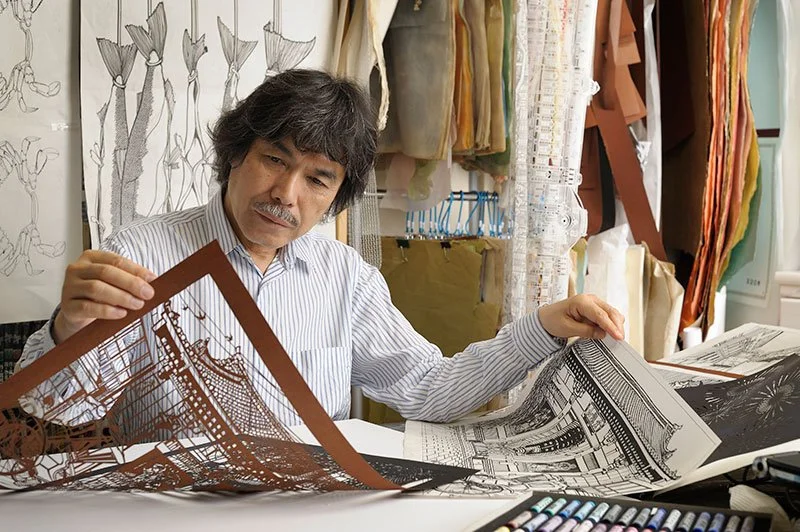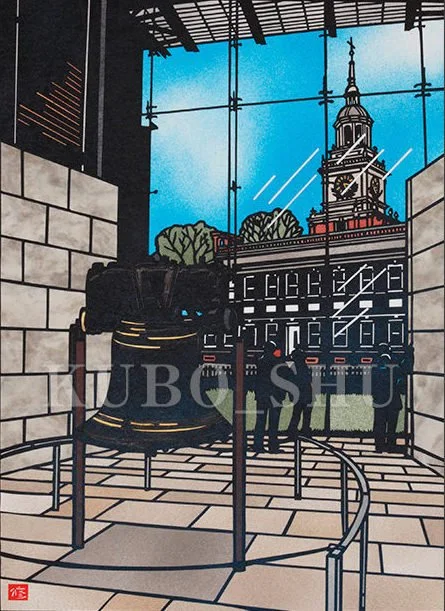Honoring Kirié, the Ancient Art of Paper Cutting
A kirié piece from artist Shu Kubo
Like many traditional Japanese art forms, kirié is a lesson in precision and patience. To cut one line is simple enough, but to cut hundreds or thousands – to physically create an entire scene, with all its complexities, from the two-dimensional surface of a sheet of paper? That is the art of kirié.
Paper-cutting as a craft was introduced to Japan shortly after the arrival of washi paper around 610 AD. Initially practiced exclusively to create religious offerings and ornaments, kirié found popularity within Japan’s folk art community as washi became more accessible. Over the centuries, kirié has been refined and expanded into increasingly complex forms, such as framed art installations and sculptures wrought from sheets of paper. Modern artists from around the world continue to develop these techniques, pushing the boundaries of the medium and breathing new life into a centuries-old tradition.
One such artist is Shu Kubo – a self-taught master, and among the most prolific in the kirié world. Since 1977, Kubo-sensei has hosted numerous workshops and exhibitions in far-flung places, eager to share his passion for the craft with an international audience. Perhaps the most defining characteristic of his work is its mixed-media approach, in which layers of acrylic and natural materials are applied to the washi to achieve a result reminiscent of ukiyo-e woodblock prints.
In November 2022, Kubo-sensei visited the Rikumo concept store in Ardmore, PA, to guide a workshop on the basics of kirié for area fans interested in Japanese art. Although his workshop was a one-time event, the templates used that day are available for download here to use as a kirié foundation for beginners.
Included as well are works from Ardmore-area artist and kirié enthusiast Kimi Benjamin, who used iconic Philadelphia landmarks as the inspiration for her designs.
Renowned kirié artist Shu Kubo compares a template he created to the illustration it was based on.
A view of the Liberty Bell rendered in paper by Shu Kubo
The Union League headquarters in Philadelphia, by Kimi Benjamin
Philadelphia’s Chinatown Arch, by Kimi Benjamin





